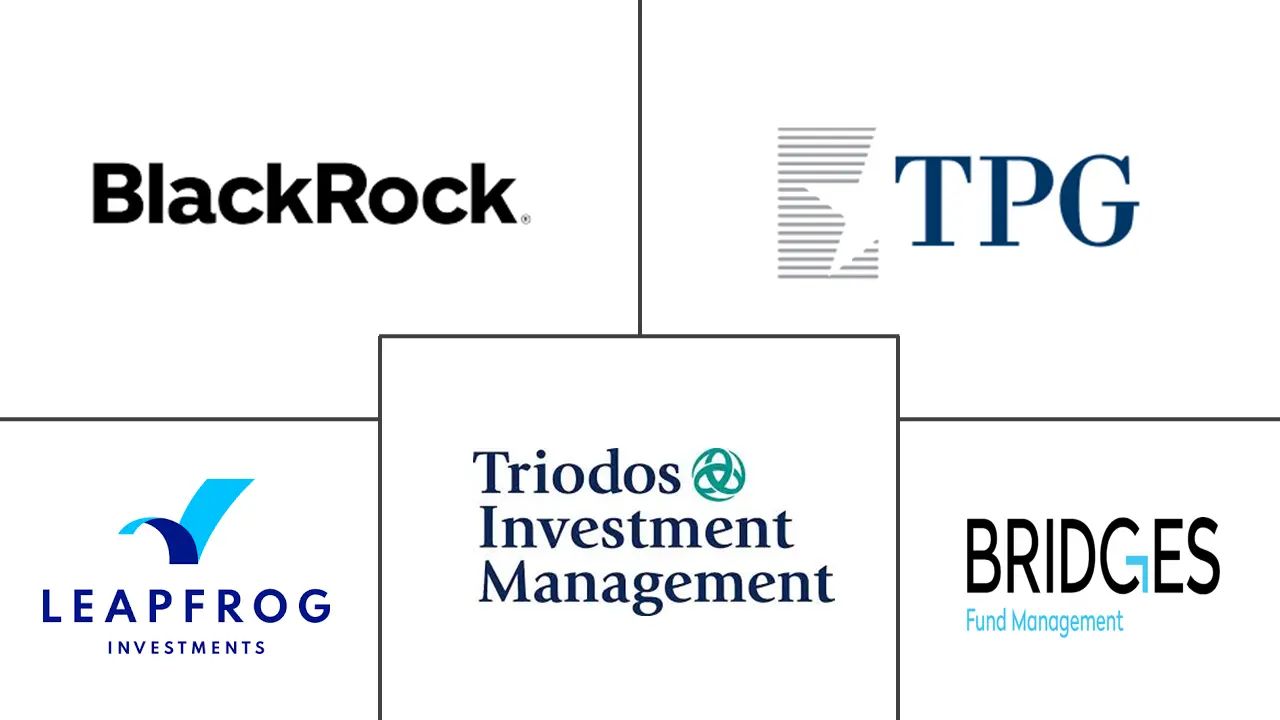Have you ever dreamed of quitting your 9-to-5 job and making a living from your passion? Do you have a talent, skill, or message that you want to share with the world? If you answered yes, then you might be interested in becoming a creator.

A creator is someone who produces original content for an online audience, such as videos, podcasts, blogs, courses, or ebooks. Creators can monetize their content in various ways, such as advertising, sponsorships, subscriptions, donations, merchandising, or selling their own products or services.
According to the Creator Earnings: Benchmark Report 2023 by Influencer Marketing Hub, the creator economy is booming, with more than 50 million people around the world earning income from their online content. The report also reveals that the average annual income for creators is $67,000, which is higher than the median household income in the US ($62,000).
But how do you become a successful creator and make more money than at your full-time job? What are the best practices and strategies to grow your audience and revenue? How do you balance your creative work and your personal life? In this article, we will answer these questions and more, by sharing the insights and experiences of some of the most popular and profitable creators on the internet.
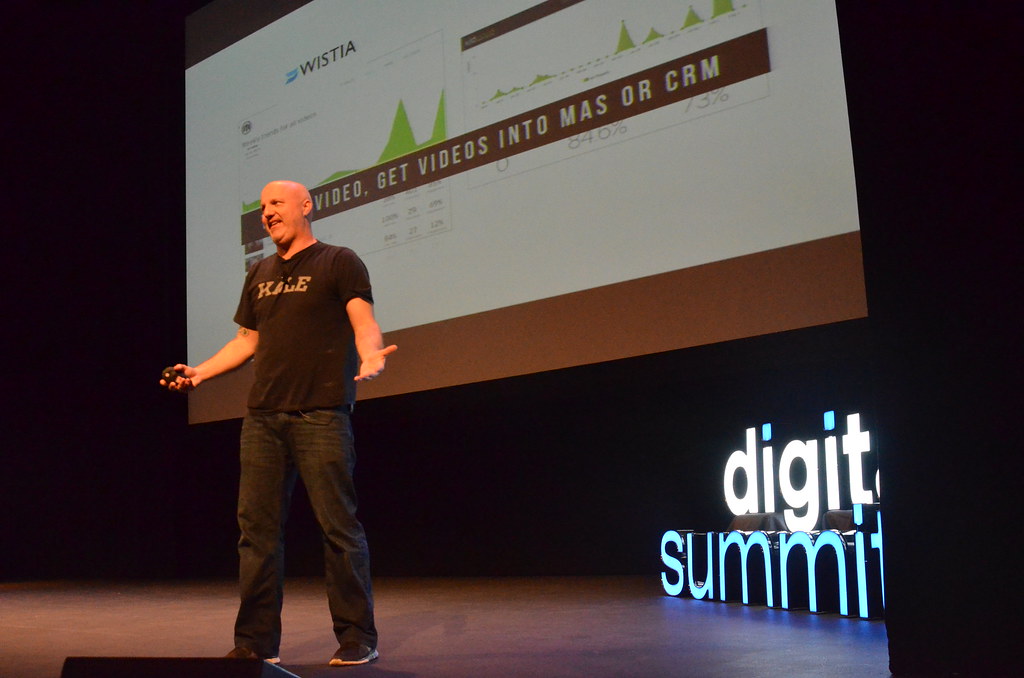
The first step to becoming a full-time creator is to choose a niche and a platform that suits your skills and interests. You want to create content that you are passionate about, but also that has a demand and a potential market. You also want to pick a platform that allows you to showcase your content in the best way possible, and that has a large and engaged audience.
For example, if you are good at making videos, you might want to start a YouTube channel. YouTube is the largest and most popular video-sharing platform, with over 2 billion monthly active users and over 500 hours of video uploaded every minute. YouTube also offers various monetization options, such as ads, memberships, Super Chat, Super Stickers, and YouTube Premium.
One of the most successful YouTube creators is MrBeast, who has over 80 million subscribers and makes millions of dollars per year from his viral videos. MrBeast is known for his extravagant stunts and challenges, such as giving away millions of dollars, buying an island, or planting 20 million trees. He also runs several other channels, such as MrBeast Gaming, MrBeast Shorts, and MrBeast Burger.
MrBeast shared his tips and advice for aspiring YouTube creators in an interview with vidIQ, a YouTube analytics and growth tool. He said that the key to growing a YouTube channel is to focus on the quality and the click-through rate (CTR) of your videos, rather than the quantity and the views. He also said that you should experiment with different types of videos and see what works best for your audience. He also emphasized the importance of having fun and enjoying the process, rather than stressing over the numbers.
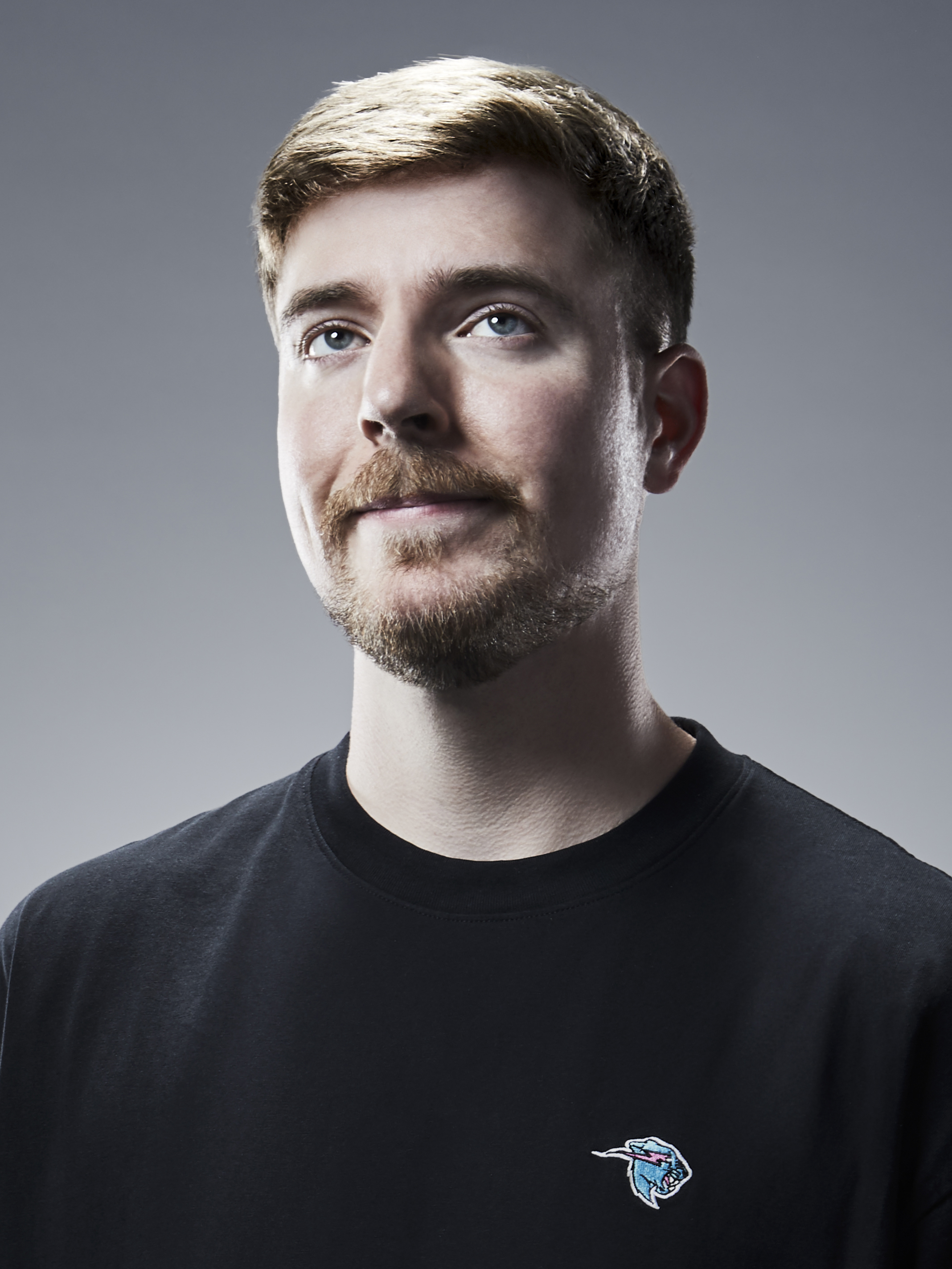
Another platform that you might want to consider is Patreon, a membership platform that allows creators to get paid by their fans. Patreon is ideal for creators who have a loyal and dedicated fan base, who are willing to support their work on a regular basis. Patreon also enables creators to offer exclusive perks and rewards to their patrons, such as early access, behind-the-scenes, or personalized content.
One of the most successful Patreon creators is Amanda Palmer, a singer, songwriter, and author, who has over 15,000 patrons and makes over $40,000 per month from her music and podcasts. Amanda Palmer is known for her intimate and authentic connection with her fans, which she calls “The Art of Asking. She also wrote a bestselling book with the same title, in which she shares her philosophy and experience of crowdfunding her creative projects.
Amanda Palmer shared her tips and advice for aspiring Patreon creators in an interview with Creator Bread, a blog that helps creators make money online. She said that the key to building a successful Patreon is to be honest, generous, and consistent with your fans. She also said that you should treat your patrons as your collaborators, rather than your customers, and involve them in your creative process. She also emphasized the importance of being flexible and adaptable, and embracing the uncertainty and the risk of being a creator.
Of course, there are many other platforms and niches that you can choose from, depending on your preferences and goals. Some of the most popular and lucrative ones are:
– Podcasting: creating audio shows that cover various topics, such as news, comedy, education, or entertainment. Some of the most popular podcast platforms are Spotify, Apple Podcasts, and Anchor.
– Blogging: writing articles that provide information, opinions, or stories on a specific topic, such as travel, fashion, or personal finance. Some of the most popular blogging platforms are Medium, WordPress, and Substack.
– Online courses: creating and selling educational content that teaches a skill or a subject, such as photography, coding, or languages. Some of the most popular online course platforms are Udemy, Skillshare, and Teachable.
– Ebooks: writing and selling digital books that provide value or entertainment to the readers, such as fiction, non-fiction, or guides. Some of the most popular ebook platforms are Amazon Kindle, Kobo, and Smashwords.
The second step to becoming a full-time creator is to diversify your income streams and maximize your revenue potential. You don’t want to rely on a single source of income, as it might be unstable or unpredictable. You also want to explore different ways to monetize your content, audience, and skills, and find the ones that work best for you.

According to the Creator Bread blog, there are 34 ways to make money as a creator, with examples of successful creators who use each method. Some of the most common and effective ones are:
– Advertising: displaying ads on your content or platform, and getting paid based on the impressions or clicks. For example, Google Adsense, YouTube Ads, or Spotify Ads.
– Sponsorships: partnering with a brand or a company that pays you to promote their product or service to your audience. For example, Audible, Skillshare, or Squarespace.
– Affiliate marketing: recommending a product or service to your audience, and getting a commission for every sale or sign-up. For example, Amazon Associates, ClickBank, or ShareASale.
– Merchandise: selling physical or digital products that are related to your brand or content, such as t-shirts, mugs, stickers, or ebooks. For example, Teespring, Shopify, or Gumroad.
– Donations: asking your audience to support your work with a one-time or recurring donation, usually in exchange for a shout-out or a thank-you. For example, PayPal, Buy Me a Coffee, or Ko-fi.
– Subscriptions: offering your audience access to exclusive or premium content, features, or benefits, for a monthly or yearly fee. For example, Patreon, Substack, or OnlyFans.
– Services: offering your skills or expertise as a service to your audience or clients, such as consulting, coaching, or freelancing. For example, Fiverr, Upwork, or Calendly.
The third step to becoming a full-time creator is to manage your time and resources efficiently and effectively. You want to optimize your productivity and creativity, while avoiding burnout and stress. You also want to balance your work and your personal life, and enjoy the benefits and challenges of being a creator.
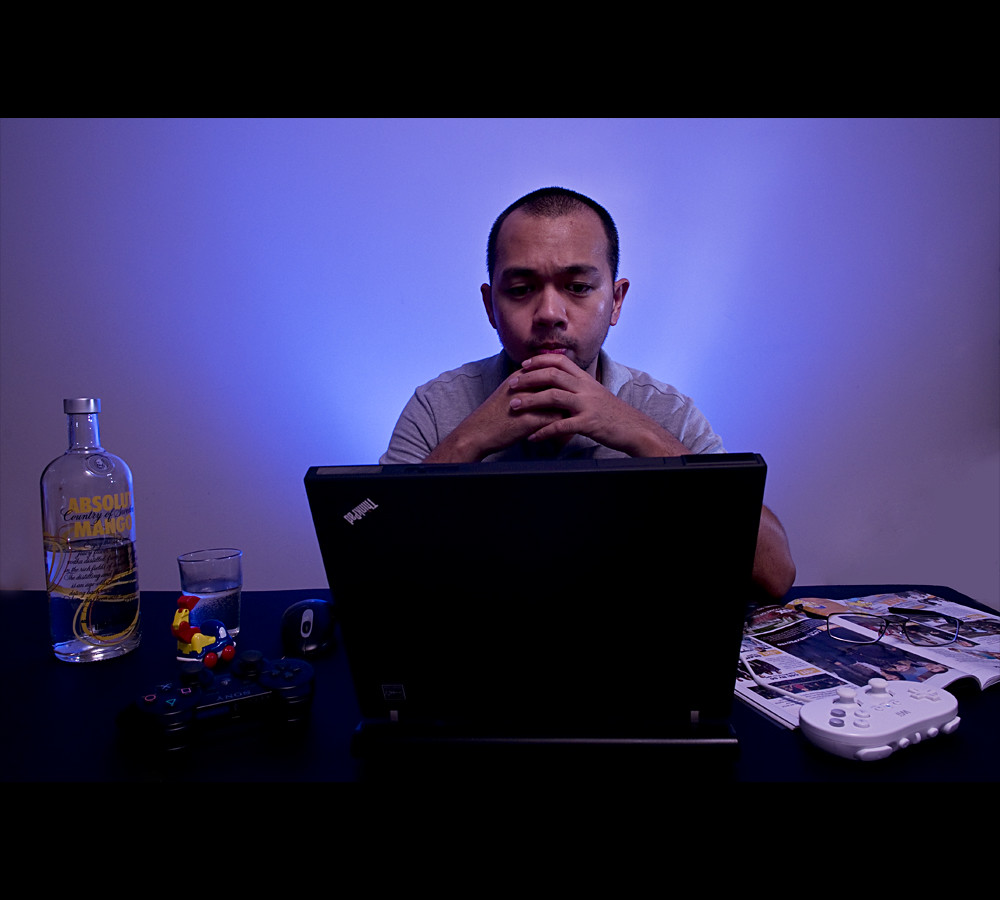
Some of the best practices and tips to manage your time and resources as a creator are:
– Plan your content ahead: create a content calendar and schedule your content creation and publishing in advance, so that you can stay organized and consistent.
– Batch your tasks: group similar tasks together and do them in one session, rather than switching between different tasks, so that you can save time and energy.
– Automate your processes: use tools and software that can help you automate or streamline your tasks, such as editing, uploading, or marketing, so that you can focus on your core activities.
– Outsource your work: hire or collaborate with other people who can help you with your work, such as editors, designers, or assistants, so that you can delegate or share your workload.
– Set your goals and track your progress: define your short-term and long-term goals, and measure your performance and results, so that you can evaluate your success and improvement.
– Learn and improve: seek feedback and advice from your audience, peers, or mentors, and learn from your mistakes and failures, so that you can grow and improve your skills and content.
– Take breaks and have fun: take regular breaks and rest from your work, and do things that make you happy and relaxed, such as hobbies, exercise, or socializing, so that you can recharge and enjoy your life.
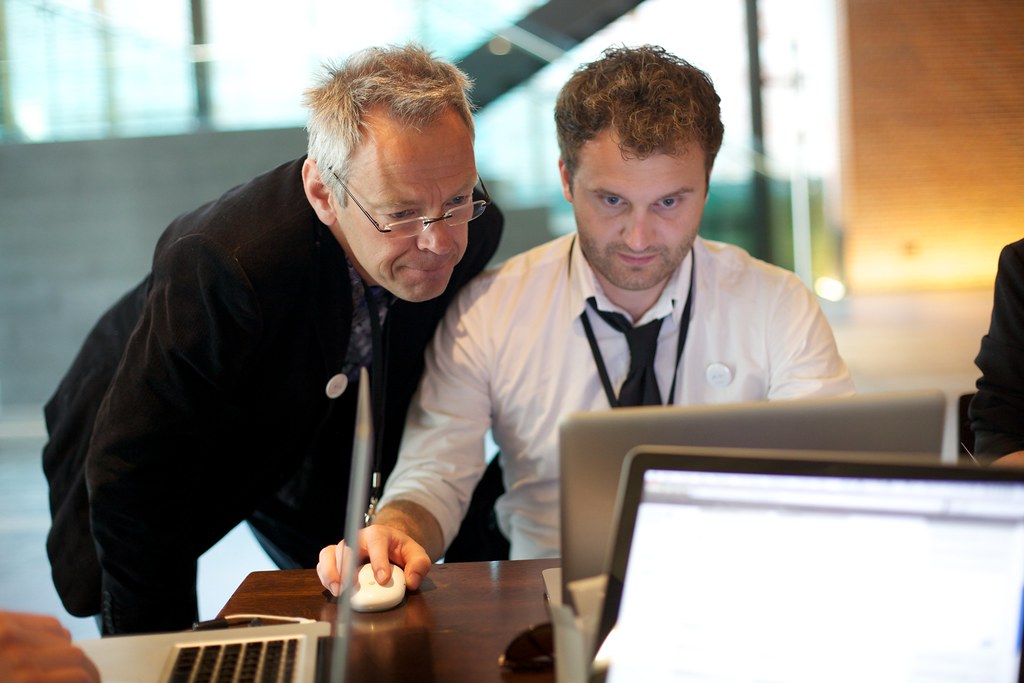
Being a full-time creator is not easy, but it is possible and rewarding. If you have a passion, a skill, or a message that you want to share with the world, and you are willing to work hard and smart, you can make more money as a creator than at your full-time job. You can also have more freedom, flexibility, and fulfillment in your career and your life.
We hope that this article has inspired and motivated you to pursue your dream of becoming a full-time creator. If you want to learn more about the creator economy, the best platforms and niches, the most effective monetization methods, and the most useful tips and resources, you can check out the following links:
– Creator Earnings: Benchmark Report 2023 – Influencer Marketing Hub
– Being a Full-Time YouTube Creator: What’s it Really Like? – vidIQ
– 34 Ways toI apologize for the interruption. Here is the rest of my article:
– 34 Ways to Make Money as a Creator (with Examples) – Creator Bread
– The Art of Asking: How I Learned to Stop Worrying and Let People Help – Amanda Palmer
– How to Be a YouTube Creator: Tips and Advice from MrBeast – vidIQ
Thank you for reading and good luck with your creative journey!
Related posts:
Creator Earnings: Benchmark Report 2023 – Influencer Marketing Hub
Being a Full-Time YouTube Creator: What’s it Really Like? – vidIQ
34 Ways to Make Money as a Creator (with Examples)


